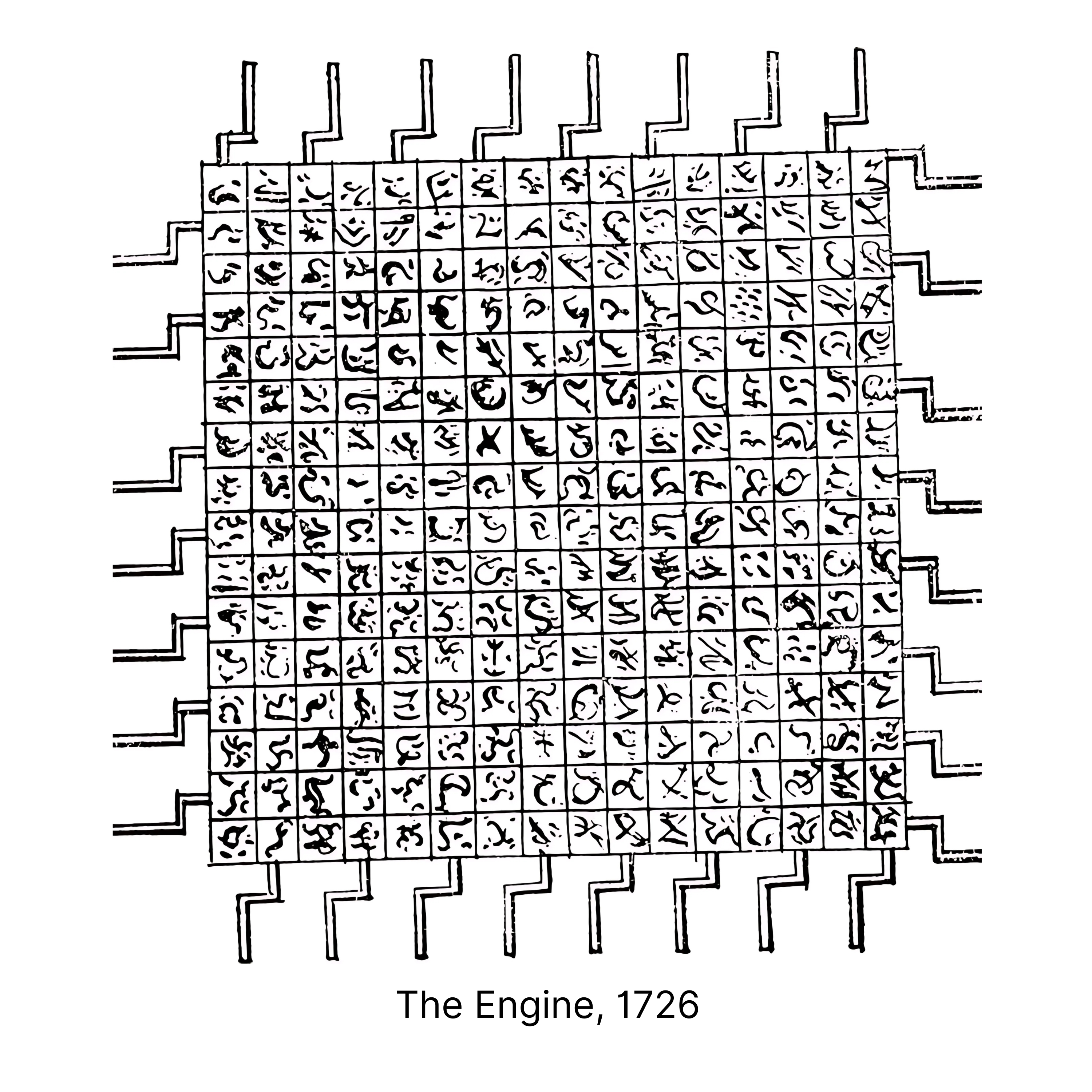
By Jenna Blumenfeld
Spectra Logic
AI’s power consumption is pushing data centers to their limits. According to the Horison Tape Market Outlook 2025 report, tape will be a key player in AI’s continued expansion.
In Gulliver’s Travels, published in 1726, author Jonathan Swift envisioned a machine called The Engine that could create works of art, mathematical equations, laws, and philosophical texts “without the least assistance from genius or study.” Constructed from wood, wire, and paper, The Engine is one of the earliest conceptualizations of artificial intelligence (AI).
Three centuries later, AI has become an integral force, transforming everything from how we work to how we unwind.
The widespread adoption of generative AI, which creates new content based on learned patterns from existing data, has attracted significant investment from enterprises eager to streamline operations, automate mundane tasks, enhance productivity, and pioneer the world’s scientific discoveries.
But as AI becomes more pervasive, it brings new challenges in managing, securing, and storing the enormous quantities of data it consumes and generates, from escalating power usage to growing cyber risks.
Paradoxically, tape data storage — a technology over 70 years old — may offer a crucial solution to AI’s most salient limitations. Here’s why.

AI’s Energy Demands are Exploding
Swift’s “Engine” relied on human-powered cranks to produce output. Today’s AI, however, depends on massive data centers powered by energy-hungry GPUs and CPUs and costly SSDs and HDDs. These systems consume vast amounts of power and require significant water-based cooling mechanisms to maintain operations.
According to Goldman Sachs Research, global power demand from data centers will increase by as much as 165% by 2030. The Horison Information Tape Outlook 2025 forecasts that by 2027, AI servers could consume between 85-134 terawatt hours (TWh) annually — a power load comparable to the Netherlands, which has a population of nearly 18 million.
Such staggering energy requirements are already curbing AI’s potential.
For example, when ChatGPT’s image-generation feature — which quickly gained viral popularity — began overwhelming servers, OpenAI founder Sam Altman tweeted, “It’s super fun seeing people love images … but our GPUs are melting.” The team introduced temporary rate limits while they worked on optimizing the system.
AI’s demands are outpacing energy supply. And consequently, there is a looming crisis where AI-driven economic productivity will be hindered due to a lack of power.
This has kickstarted a gold rush for alternative energy sources.
Google has inked a deal with Kairos Power, a startup that manufactures small modular nuclear reactors. Microsoft has invested in restarting the nuclear reactor at Three Mile Island in Pennsylvania to fuel its AI centers off the grid. Meanwhile, Altman is backing nuclear startups and solar energy ventures to help power AI’s relentless thirst for energy.
Tape Mitigates Cold Storage Power Consumption
While alternative power sources are essential for AI’s continued growth, reducing energy consumption within data centers is equally critical. One promising approach is to reexamine storage infrastructure for the vast amounts of secondary or “cold” data created and used by AI to train (and retrain) large models.
This is where tape technology can play a pivotal role.
Horison’s Tape Outlook projects that by 2025, installed storage capacity across all enterprise data centers will reach an estimated 6.4 zettabytes, with at least 80% of that data categorized as archival. Secondary storage, which deals with less frequently accessed but highly valuable data, comprises the largest segment of the data storage market.
Much of this data is stored on a combination of SSDs and HDDs, which can be prohibitively inefficient. Migrating cold data to tape allows for online storage systems to be reduced, or even eliminated, returning significant amounts of power, cooling, and critical floorspace to AI infrastructure.

Diversifying storage architecture with tape also offers significant cost and energy savings: A 2022 study by Brad Johns Consulting found that migrating 100 petabytes from an all-HDD storage strategy to a tape-based solution resulted in a remarkable 97% reduction in carbon emissions.
Tape can make a vital contribution to offsetting the energy demands of high-performance GPUs and reducing the energy opportunity costs associated with AI’s growth.
Tape Safeguards Secondary Data from Cybercrime
Despite increasingly sophisticated data encryption protocols, cyber threats remain a constant danger. From tech giants to healthcare providers, no sector is immune to the risks of cybercrime, which can halt operations, irreparably damage an organization’s reputation, and jeopardize sensitive customer data.
Cybercrime is also expensive. In 2023, companies collectively forked over a record $1.1 billion in ransom. The average cost of a single data breach rose 10% year-over-year, reaching a devastating $4.88 million in 2024 per incident.
AI’s rapid proliferation and consumption of data only exacerbate security risks, particularly when using always-online storage infrastructure such as HDDs and SSDs. Plus, increasingly more sophisticated, AI-guided ransomware will find new ways to breach even the most vigilant enterprise systems.
Storing data on tape can bolster cybersecurity by providing an air gap — a physical separation from networked systems. This air gap reduces the likelihood of data breaches, as offline tape is not vulnerable to online attacks such as ransomware or hacking. Plus, if a primary system is compromised in a cyberattack, data stored on tape remains intact and recoverable.
Tape is a proven way to achieve the industry-standard 3-2-1-1 backup strategy, which calls for technological diversity (such as HDD and tape devices), geographic redundancy, and at least one copy without an electronic connection.
“Tape is a time-tested technology that offers an added layer of security, further enhanced by an air gap that keeps data physically isolated from online threats, making it a critical part of any modern resilience strategy,” said Mitch Seigle, CMO of Spectra Logic, in a recent interview with Forbes.
Many businesses including Spectra Logic use tape as part of their disaster recovery strategies to ensure rapid and secure data restoration in the event of a cyberattack. (Read how Spectra Logic overcame a ransomware attack in 2020 with electronically disconnected tape.)
A Vital Role in AI’s Future
As data centers struggle to meet the growing demands of AI — from surging energy consumption to the need for resilient storage solutions — tape technology is emerging as an invaluable ally, a superhero solution.
By reducing data center power consumption through efficient cold storage, lowering opportunity costs, and providing enhanced security, tape storage is helping companies manage the scale and risks associated with AI’s data explosion.
Looking ahead, tape’s energy-efficient, secure, and cost-effective storage solutions will play a crucial role in supporting AI’s continued evolution, enabling industries to scale without sacrificing security.
Learn more about tape’s role in AI by downloading the Horison Information Strategies Tape Market Outlook 2025.






